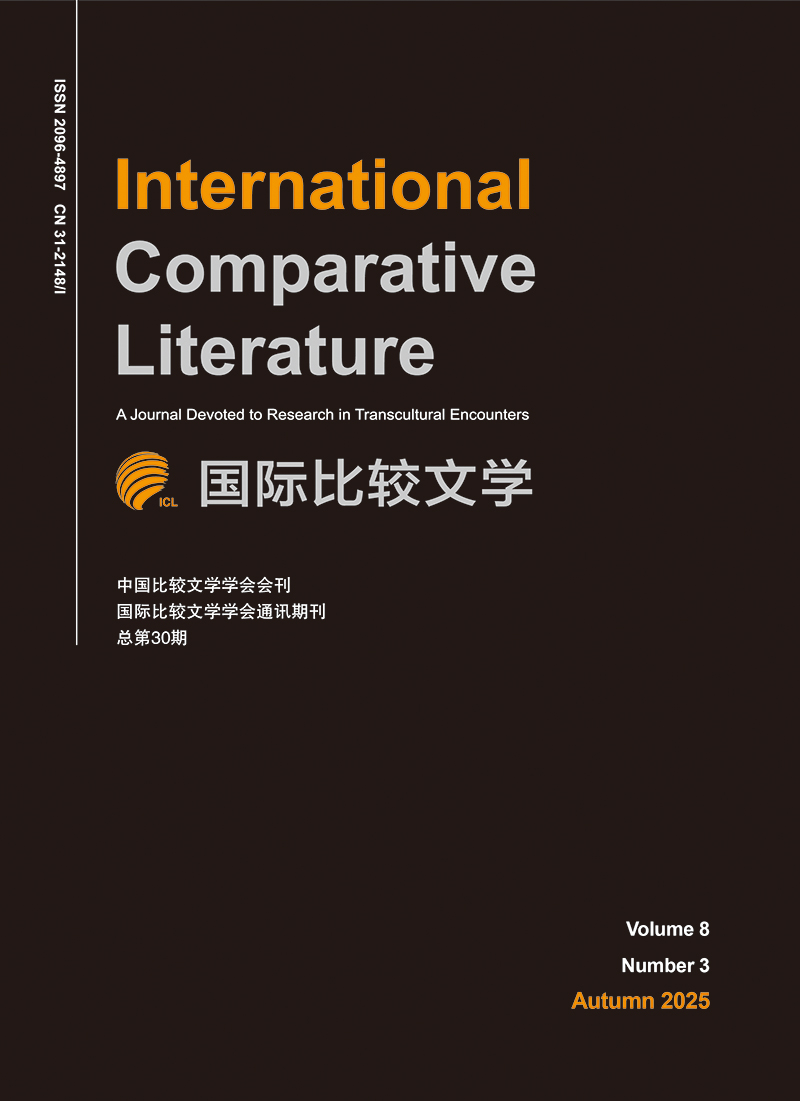|
[1]
|
Baudrillard, Jean. Seduction. Translated by Brian Singer. Montreal: New World Perspectives, 1990.
|
|
[2]
|
Bryson, Norman. “Morimura: 3 Readings.” In Morimura Yasumasa: The Sickness unto Beauty-Self-Portrait as Actress. Yokohama: Yokohama Museum of Art, 1996, 74-79.
|
|
[3]
|
Butler, Judith. “Performative Acts and Gender Constitution: An Essay in Phenomenology and Feminist Theory.” Theatre Journal 40, no. 4 (1988): 519-20.
|
|
[4]
|
Chino, Kaori. “A Man Pretending to Be a Woman: On Yasumasa Morimura's Actresses.” In Morimura Yasumasa: The Sickness unto Beauty-Self-Portrait as Actress. Edited by Yokohama Museum of Art. Yokohama: Yokohama Museum of Art, 1996, 157-62.
|
|
[5]
|
——-. “Gender in Japanese Art.” In Gender and Power in the Japanese Visual Field. Edited by Joshua S. Mostow, Norman Bryson, and Maribeth Graybill. Honolulu: University of Hawaii Press, 2003, 17-34.
|
|
[6]
|
Fritsch, Lena. The Body as a Screen, Japanese Art Photography of the 1990s. Hildersheim: Georg Olm Verlag AG, 2011.
|
|
[7]
|
Fung, Richard. “Looking for My Penis: The Eroticized Asian in Gay Video Porn.” In A Companion to Asian American Studies. Edited by Kent A. Ono. Malden: Blackwell Publishing, 2005, 235-53.
|
|
[8]
|
Hosoe, Eikoh. Barakei: Ordeal by Roses: Photographs of Yukio Mishima. New York: Aperture, 1985.
|
|
[9]
|
Karlin, Jason G. “The Gender of Nationalism: Competing Masculinities in Meiji Japan.” Journal of Japanese Studies 28, no.1 (2002): 41-77.
|
|
[10]
|
Mackie, Vera. “Understanding through the Body: The Masquerades of Mishima Yukio and Morimura Yasumasa.”In Genders, Transgenders and Sexualities in Japan. Edited by Mark McLelland and Romit Dasgupta. New York: Routledge, 2005, 126-44.
|
|
[11]
|
Maggia, Filippo, and Marinella Venanzi, eds. Yasumasa Morimura: Requiem for the XX Century: Twilight of the Turbulent Gods. Milan: Skira, 2008.
|
|
[12]
|
Morimura, Yasumasa. “Why I Posed as Yukio Mishima, Or, The Relationship of 3 M's: MacArthur, Mishima, Morimura.” A speech at Donald Keene Center of Japanese Culture, Columbia University, New York, April 14, 2010. http://www.keenecenter.org/download_files/MorimuraSpeech.pdf[December 27, 2019].
|
|
[13]
|
Mulvey, Laura. “Visual Pleasure and Narrative Cinema.” In Film Theory and Criticism: Introductory Readings. Edited by Leo Braudy and Marshall Cohen. New York: Oxford University Press, 1999, 833-44.
|
|
[14]
|
Muñoz, José Esteban. Disidentifications: Queers of Color and the Performance of Politics. Minneapolis, MN: University of Minnesota Press, 1999.
|
|
[15]
|
Scott-Stokes, Henry. The Life and Death of Yukio Mishima. New York: Cooper Square, 2000.
|
|
[16]
|
Shabecoff, Philip. “Everyone in Japan Has Heard of Him.” New York Times, August 2, 1970.
|
|
[17]
|
Shionoiri, Yayoi. “Nihilist Nationalist or Syncretic Hybridist: A Visual Analysis of the Representations of Mishima Yukio in the 1985 Edition of Barakei.” In Beyond Boundaries: East and West Cross-Cultural Encounters. Edited by Michelle Ying Ling Huang. Newcastle upon Tyne: Cambridge Scholars Publishing, 2011, 170-91.
|
|
[18]
|
(日)森村泰昌?. 芸术家Mのできるまで. 东京:筑摩书房,1998.
|
|
[19]
|
[Morimura, Yasumasa. Geijutsuka M no dekiru made (Making of the Artist M). Tokyo: Chikuma Shobō, 1998.]
|

 点击查看大图
点击查看大图



 下载:
下载:

